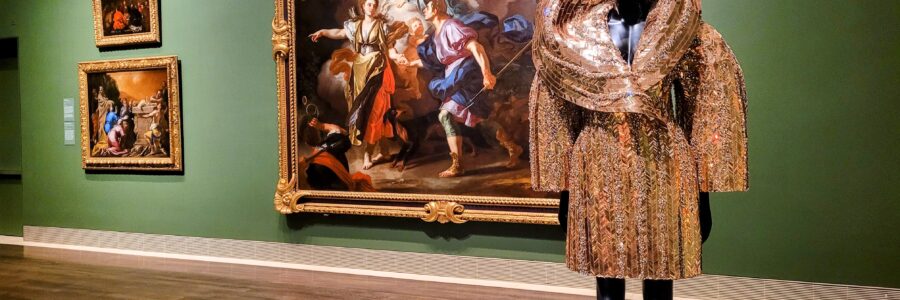
MFAH Brings Louvre Couture and Art and Life in Imperial Rome: Trajan and his Times in Newest Exhibits
Louvre Couture: Chanel, Dior and Givenchy; Westwood, Versace, Thom Browne and more—iconic fashion will be on display in the museum’s permanent-collection galleries

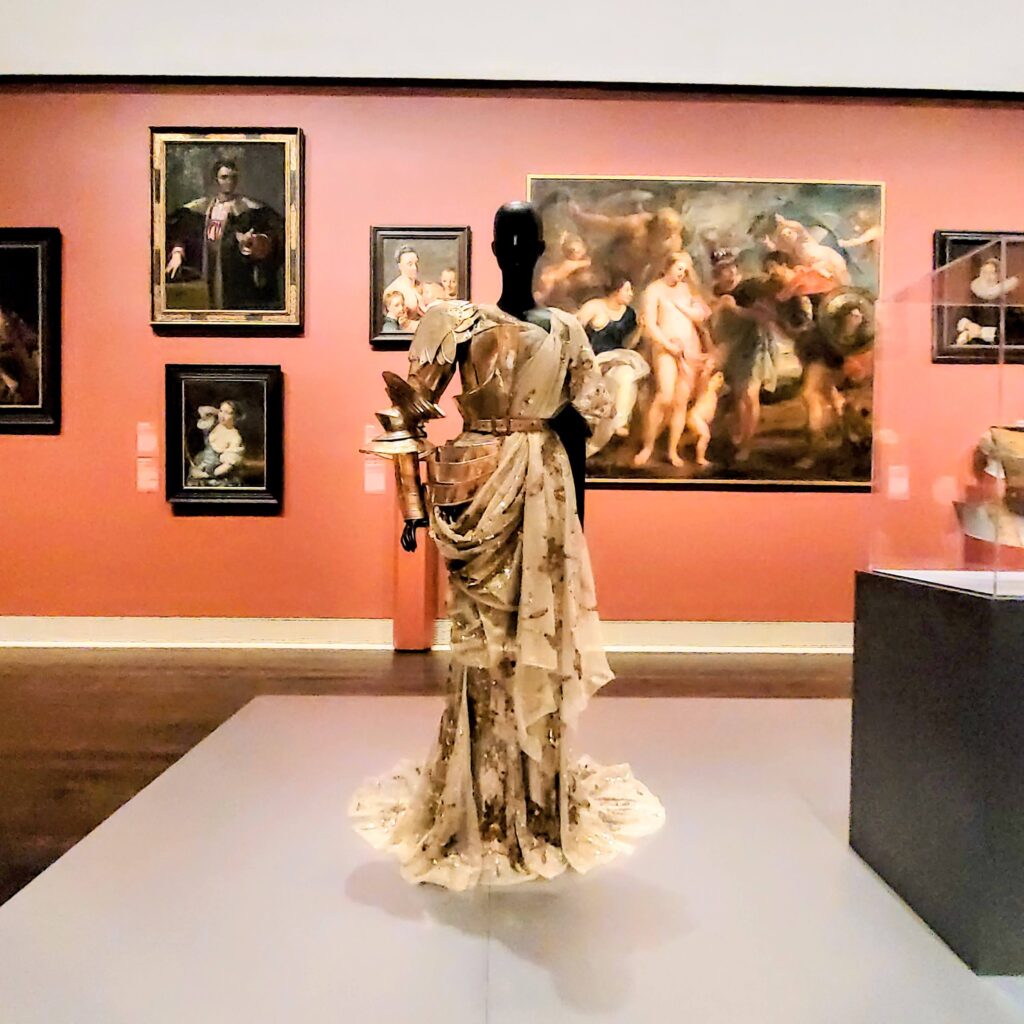
The exhibition will be on view till March 15, 2026
Following on the Louvre Museum’s landmark debut of Louvre Couture, its first-ever fashion exhibition, the Museum of Fine Arts, Houston, will present an adaptation of that show in November.


Displaying the work of historic and contemporary fashion houses alongside masterworks from the MFAH collections, the Houston presentation also features several rare loans from the Louvre’s own holdings of historical decorative arts.

Louvre Couture at the Museum of Fine Arts, Houston will present 36 ensembles and accessories from 23 fashion houses across two of the museum’s buildings in the galleries of Antiquities, European, American, Modern & Contemporary, and Design. The exhibition also includes several rare and important loans from the Louvre Museum’s historic decorative-arts holdings.

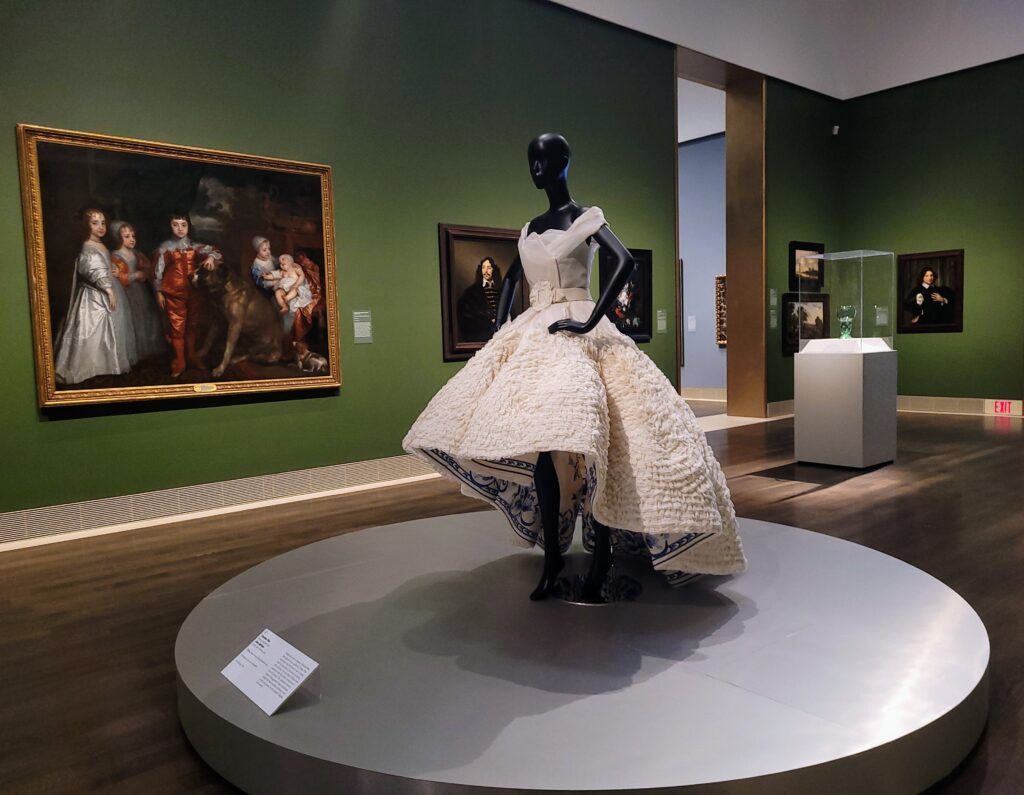
New additions for the Houston show from the archives of the fashion houses will complement the selection of looks originally featured in the Paris edition.
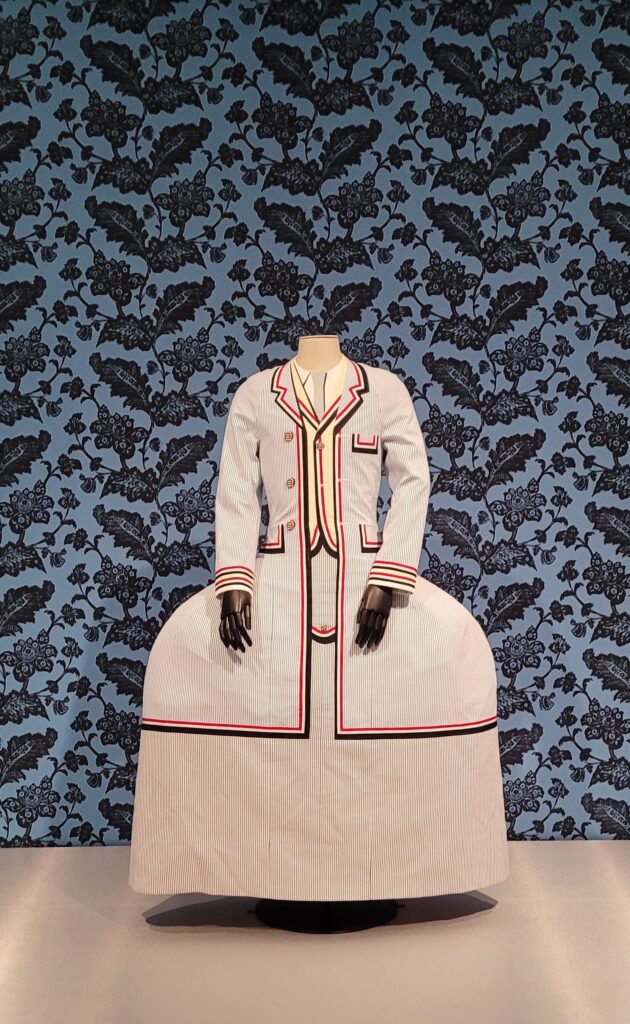
Ensembles have been selected from heritage houses such as Balenciaga, Chanel, Christian Dior, Givenchy, Versace, Louis Vuitton and Vivienne Westwood, as well as from important designers established in this century, including Thom Browne, Erdem, Jacquemus and Iris van Herpen. The majority of the pieces have been drawn from collections designed since 2000, although some looks date from the 1990s.

The earliest work, Yves Saint Laurent’s 1965 Robe Mondrian, will be shown with the Piet Mondrian Composition with Grid #1 (1918), from the MFAH collection. Additional pairings include an André-Charles Boulle Longcase Clock (c. 1685) with Givenchy’s Pantsuit from 1990–91; an elaborate 18th-century Biombo [folding screen] with Views of Mexico City with Karl Lagerfeld for Chanel’s ensemble from 1990; and Louise Nevelson’s sculptural abstraction Mirror Image I (1969) with a Yohji Yamamoto ensemble from 2024.
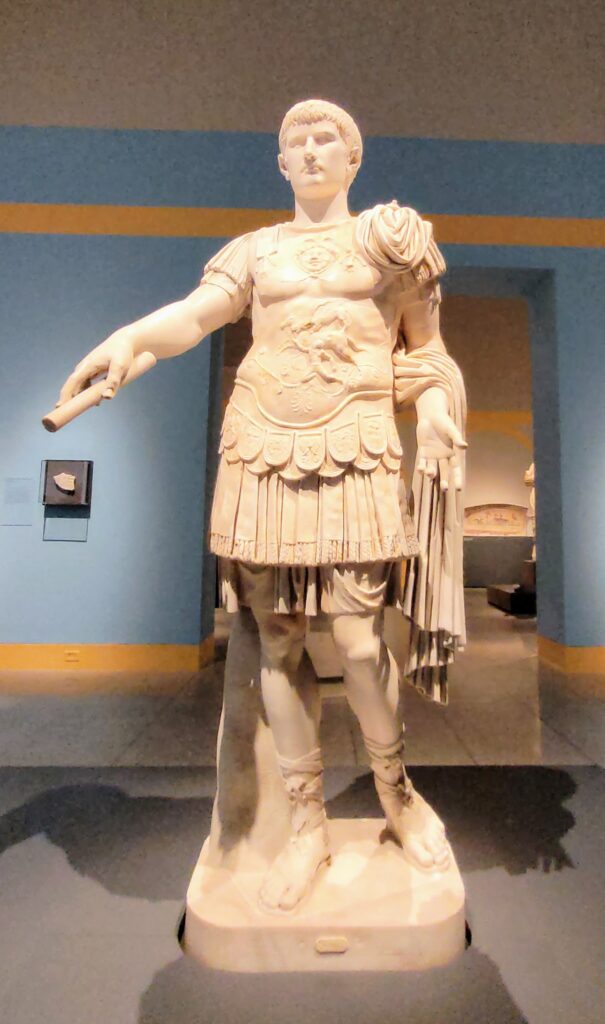
Art and Life in Imperial Rome: Trajan and his Times: Major Exhibition Brings Unprecedented Loans of Roman Antiquities to the U.S. from the Renowned Collections of Italian Museums through January 25, 2026

The exhibition features some 160 objects, many on view in the U.S. for the first time
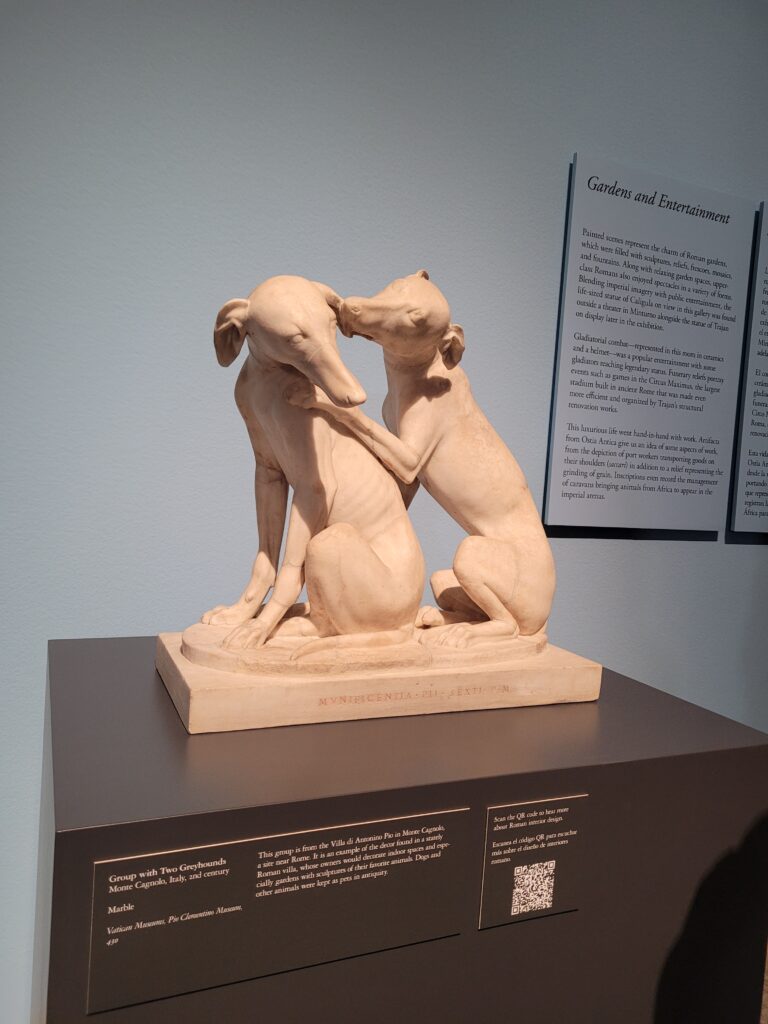
The extensive presentation brings to life the extraordinary reign of Trajan, who ruled the Roman empire at its height; it is the first major exhibition in the U.S. dedicated to Trajan and his era.
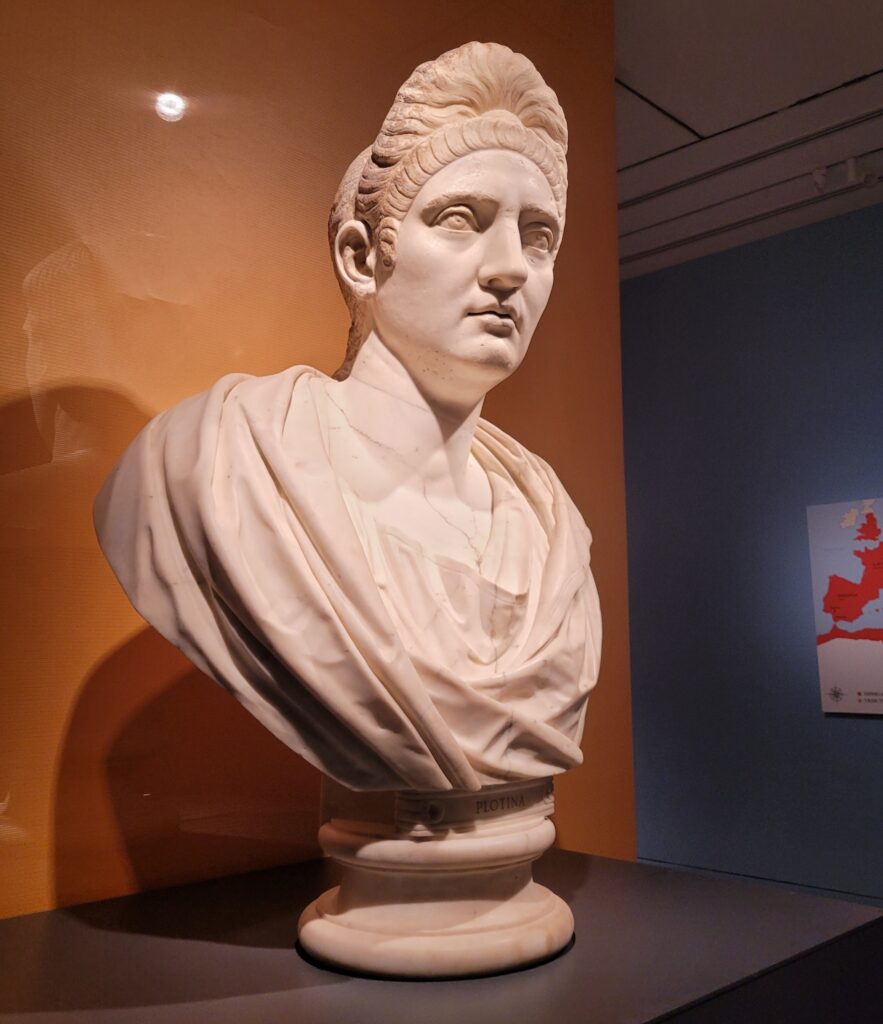
“This is truly a rare opportunity for U.S. audiences to experience spectacular objects from this glorious era of the Roman Empire,” commented Gary Tinterow, director and Margaret Alkek Williams chair of the MFAH. “We are enormously grateful to our colleagues in Rome, Naples and Vatican City for lending these treasures to us and broadening the appreciation of Italy’s cultural heritage.”
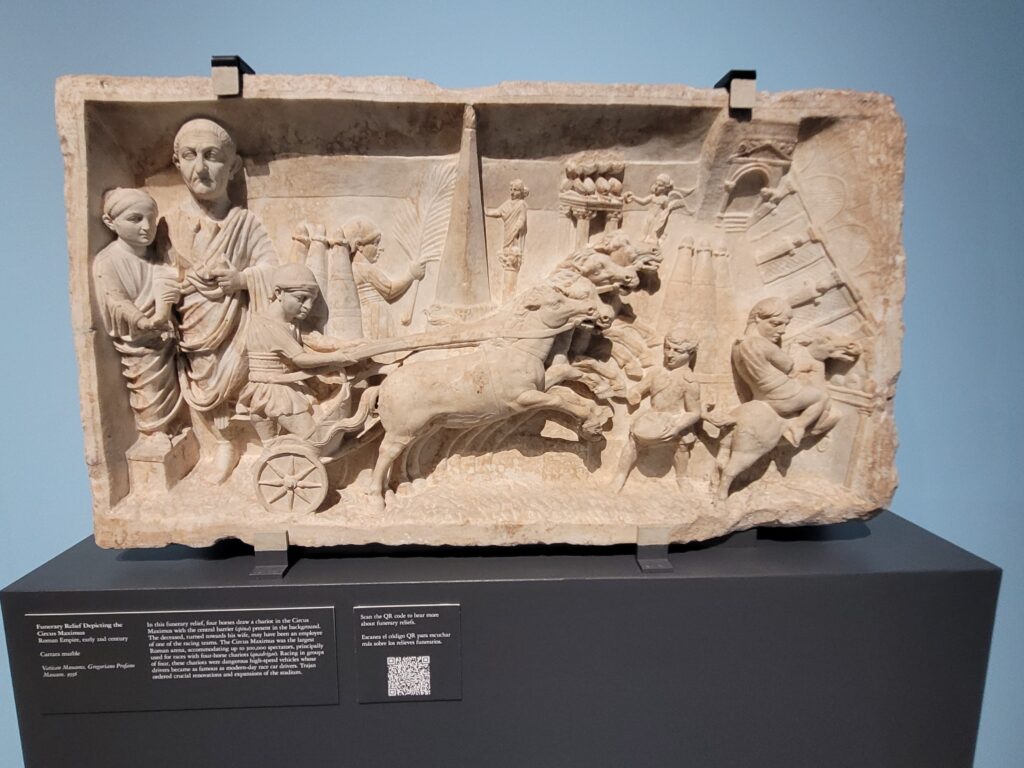
Trajan commanded the Roman Empire between 98 and 117 CE. A soldier-emperor, he was the second of the so-called “Five Good Emperors” of the Nerva-Antonine dynasty; his military and imperial successes launched him to popular fame.

The exhibition will explore how art was used during Trajan’s era: privately, in the houses of the elite, and publicly, in the forums and public buildings as propaganda to promote the empire’s values as it was expanded to its greatest extent.
MORE INFORMATION on tickets and hours:
Pleases visit http://www.mfah.org.
Photos: V. Sweeten